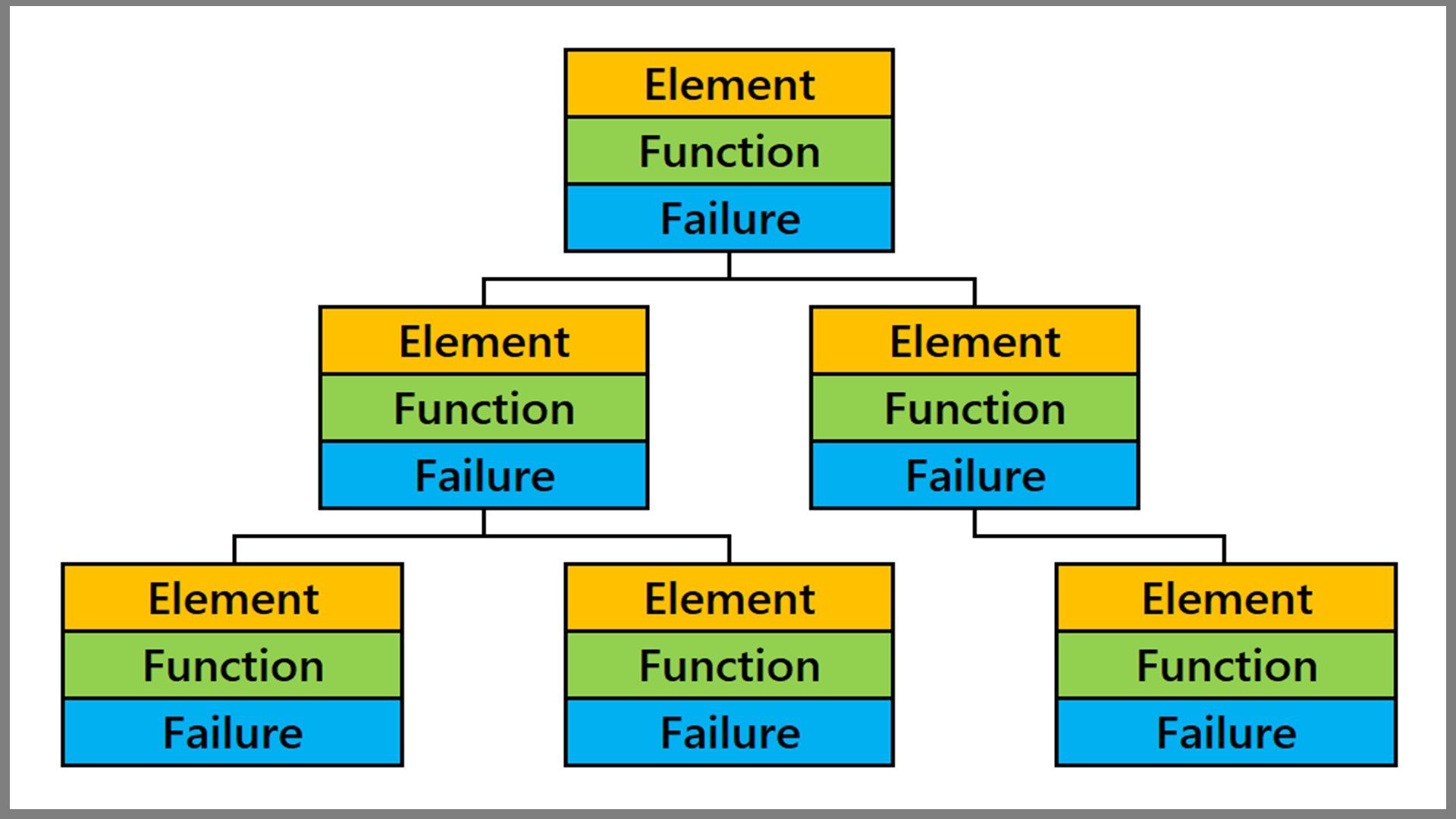
Can Excel Be Used to Implement AIAG VDA DFMEA Methodology?
Anybody who understands the AIAG VDA DFMEA (New DFMEA) and AIAG 4th Edition DFMEA (Existing DFMEA) methodologies knows the implementation of the New DFMEA method using Excel on a simple, one component product is more complex and time consuming than implementing the Existing DFMEA method using Excel. When one attempts to use Excel to implement the New DFMEA methodology on multiple component products, the complexity and time required increases geometrically with the number of product components. It does not take many components before the complexity of the New DFMEA process using Excel becomes so great that participants find the process overwhelming and impossible to implement.
AIAG’s Mixed Messages on New DFMEA Method Compatibility with Excel
The original draft of the AIAG-VDA FMEA Handbook put out for stakeholder review stated in bolded print:
“When products and processes are complex it is recommended that specialized software be used to apply the FMEA method”
In a May 17, 2019 webinar just prior to the release of the AIAG-VDA FMEA Handbook, Scot Grey, AIAG Project Manager for the Handbook acknowledged getting lots of feedback from stakeholders on the comment about Excel compatibility in the draft and stated
“So we want to be clear here that we have tested, validated with suppliers, that the methodology can be executed with either spreadsheets, again typically excel, or specialized FMEA software.”
A review of the released handbook shows that original statement detailing the need to use specialized software to implement the New DFMEA method was removed but that no changes had been made the New DFMEA methodology that would warrant its removal. Although several possible reasons for the misrepresentation by the AIAG about the New DMEA methodology compatibility with Excel could be offered, this article will concentrate on dealing with the fact that many companies who are currently using Excel to implement the Existing DFMEA methodology are going to find it more difficult and possibly impossible to implement the New DFMEA methodology with Excel.
Detailed Description of AIAG-VDA DFMEA Method Compatibility Issues with Excel
There are five issues that will be faced by companies who attempt to use Excel to implement the AIAG VDA DFMEA Method using Excel. They are:
- need for creation and maintenance of multiple, linked DFMEA spreadsheets when a product has multiple components
- required inclusion of information not currently required by the AIAG 4th Edition DFMEA methodology and not required to assess the risk of the design
- need to determine whether to use a sort order for the spreadsheet to support the creation of the AIAG-VDA Structure, Function and Failure trees or the DFMEA since both are contained in the same spreadsheet
- increased difficulty in using risk to prioritize the order in which design issues should be worked on
- need to maintain linkages between multiple DFMEAs and the PFMEA spreadsheets.
There are five issues that will be faced by companies who attempt to use Excel to implement the AIAG VDA DFMEA Method using Excel. They are:
- need for creation and maintenance of multiple, linked DFMEA spreadsheets when a product has multiple components
- required inclusion of information not currently required by the AIAG 4th Edition DFMEA methodology and not required to assess the risk of the design
- need to determine whether to use a sort order for the spreadsheet to support the creation of the AIAG-VDA Structure, Function and Failure trees or the DFMEA since both are contained in the same spreadsheet
- increased difficulty in using risk to prioritize the order in which design issues should be worked on
- need to maintain linkages between multiple DFMEAs and the PFMEA spreadsheets.
Proper standards & effective tools don’t really matter much if you don’t know what precisely to put IN a FMEA. We’ve got you covered with a pair of webinars on effective FMEA ratings, on both the design & process side:
